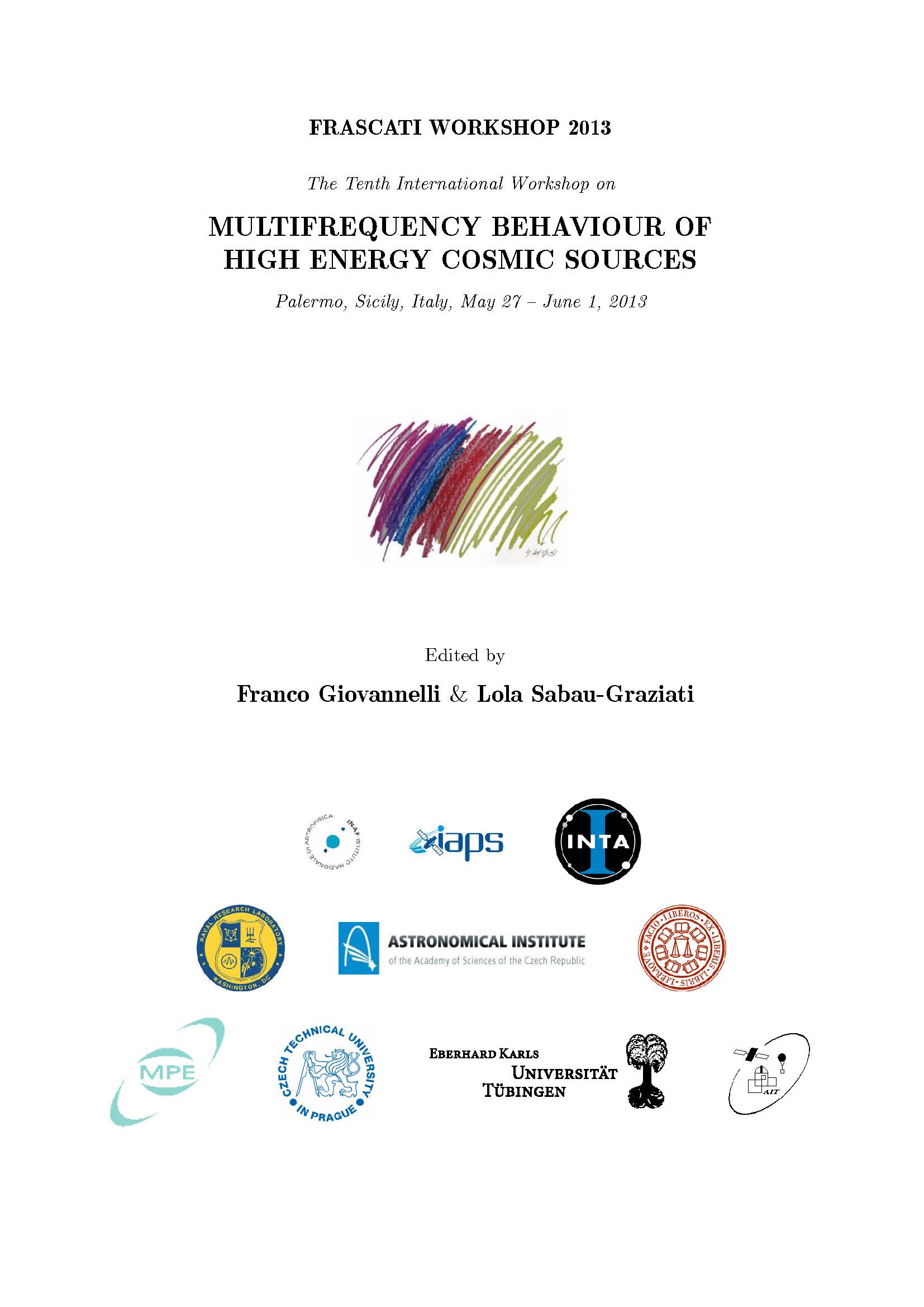HAVmS: Highly Available Virtual Machine Computer System Fault Tolerant with Automatic Failback and Close to Zero Downtime
DOI:
https://doi.org/10.14311/APP.2014.01.0278Abstract
In scientic computing, systems often manage computations that require continuous acquisition of of satellite data and the management of large databases, as well as the execution of analysis software and simulation models (e.g. Monte Carlo or molecular dynamics cell simulations) which may require several weeks of continuous run. These systems, consequently, should ensure the continuity of operation even in case of serious faults. HAVmS (High Availability Virtual machine System) is a highly available, "fault tolerant" system with zero downtime in case of fault. It is based on the use of Virtual Machines and implemented by two servers with similar characteristics. HAVmS, thanks to the developed software solutions, is unique in its kind since it automatically failbacks once faults have been fixed. The system has been designed to be used both with professional or inexpensive hardware and supports the simultaneous execution of multiple services such as: web, mail, computing and administrative services, uninterrupted computing, data base management. Finally the system is cost effective adopting exclusively open source solutions, is easily manageable and for general use.Downloads
Published
Issue
Section
License
Copyright notice
Authors who publish with this journal agree to the following terms:
1. Authors retain copyright and grant the journal the right of the first publication with the work simultaneously licensed under a Creative Commons Attribution License that allows others to share the work with an acknowledgement of the work's authorship and initial publication in this journal.
2. Authors are able to enter into separate, additional contractual arrangements for the non-exclusive distribution of the journal's published version of the work (e.g., to post it to an institutional repository or to publish it in a book), with an acknowledgement of its initial publication in this journal.
3. Authors are permitted and encouraged to post their work online (e.g., in institutional repositories or on their website) prior to and during the submission process, as it can lead to productive exchanges as well as earlier and greater citation of the published work (See The Effect of Open Access).


